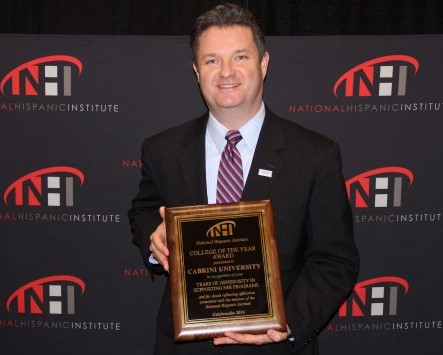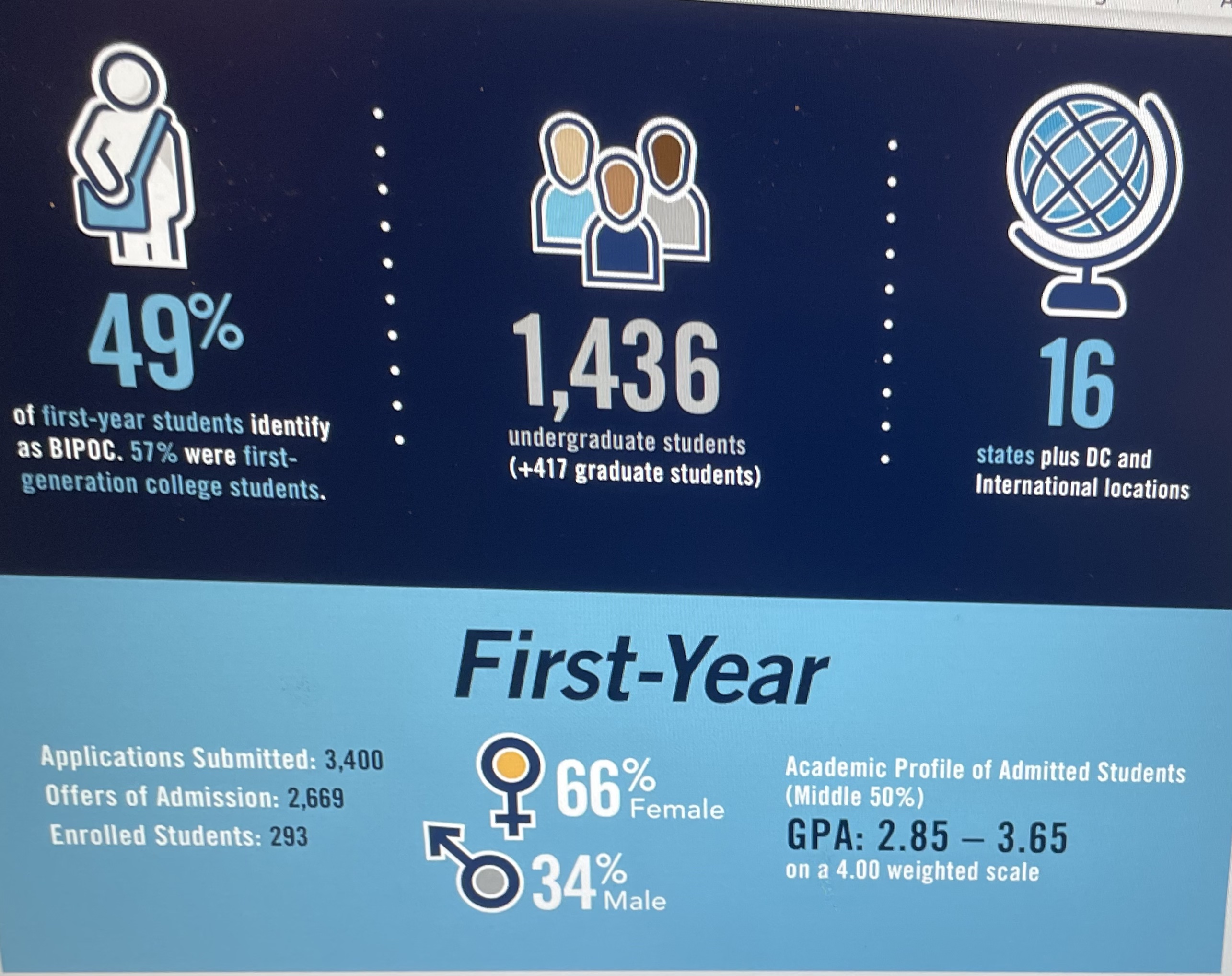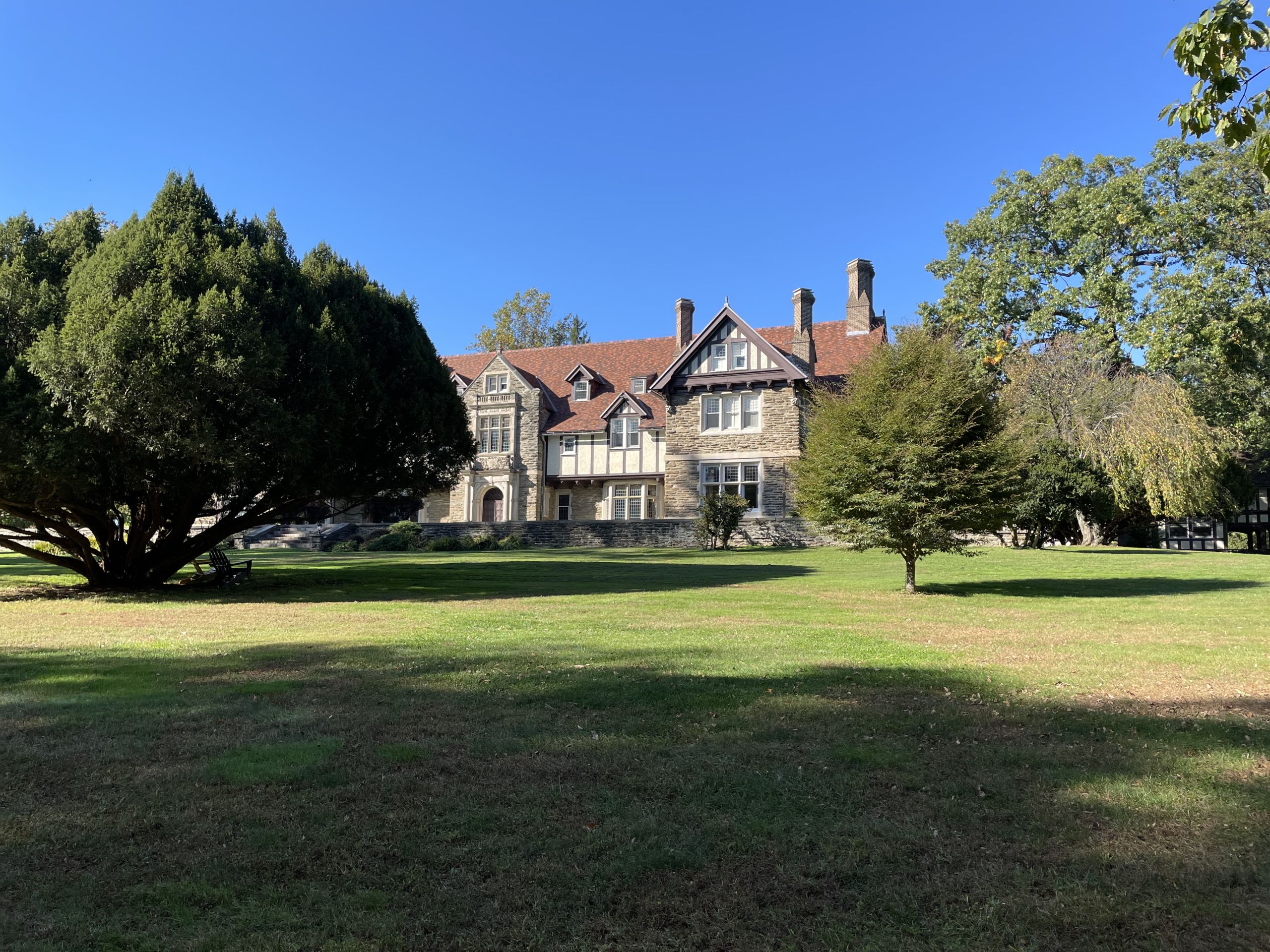Hispanic, Latino, and Latinx students at Cabrini represent a tight-knit, small community when compared to their largely white, non-Hispanic peers. The school’s initiatives and plans, such as events this month centering around Hispanic heritage, clubs and organizations, diverse curricula, and ethnic foods all help strengthen and support that community here at Cabrini.
The school has created and maintained a safe environment for Hispanic, Latino, and Latinx populations through these visible enterprises, and Cabrini also works behind the scenes to contribute to becoming more diverse. Nonetheless, there are concerns about setbacks, such as department cutbacks and pandemic-related issues.
Brian Eury, chief of staff and senior vice president of strategic initiatives, said, “We want to have a community, a community with a capital C. And, that means everyone … kind of making sure that everyone and every sub-community gets heard and felt.”
Repaving a path for progress
After Cabrini’s President Donald Taylor took office in 2014, he forged a partnership with the National Hispanic

Institute, and later said Cabrini’s goal is to become a Hispanic Serving Institution.
NHI named Cabrini “College of the Year” in 2016 for its support of Hispanic students.
Cabrini worked with local schools in the Norristown and Philadelphia school districts with high numbers of Hispanic, Latino, and Latinx students. But Cabrini’s HSI goals took a nosedive due to COVID-19, which disproportionately hurt people of color and put academic outreach on hold.
The pandemic shattered Cabrini’s Hispanic, Latino, and Latinx communities and initiatives, but now Cabrini plans to rebuild and strengthen its past progress despite difficult circumstances. Cabrini continues to be an aspiring HSI.
Despite its vision, Cabrini has cut certain majors, such as the Spanish and Black studies majors. Eury said cutting those majors is part of the university’s efficiency process.
Cabrini announced its reconstruction plan in March 2021 to students and staff via email announcement detailing the school’s current plan to combine standalone majors and implement inclusive curricula into the core requirements.
“If we don’t have enough students enrolled in that major, that has to be a hard decision for us. And I think it was Black studies as well. Those decisions were made because a new course [for the core requirements] was being created,” Eury said.
Current undergraduate admissions diversify Cabrini
Cabrini University is a predominately white institution, PWI, which means most of the student population at the institution is white. Enrollment data (2021-2022) shows that of 1292 degree-seeking students at Cabrini, 157 are Hispanic/Latino.
Although technically a PWI, Bryn Campbell, director of undergraduate admissions, said Cabrini is moving away from that label. “As an overall institution, right now, we’re about 30 percent diverse, students of color, BIPOC. And that’s self-identified.”

Ex-Cabrini President Donald Taylor’s goal was to achieve HSI status by 2025. The federal definition of an HSI is at least 25 percent Hispanic/Latino full-time undergraduate enrollment.
“I believe at last count, we are between 14 and 15 percent Hispanic students. Again, this is all self-identified,” said Campbell.
Undergraduate admissions take active steps to diversify Cabrini through its recruitment process. Campbell said, “We are far more diverse than a lot of people realize, and it’s something we talk about a lot on the road [while recruiting] students.”
Undergraduate admissions visits schools in diverse, urban areas, such as Allentown, Philadelphia, and Norristown school districts to build excitement about college.
Campbell said, “We’re building pipelines over the years. It takes a long time to do it, sadly … for students to be excited to come to Cabrini to see that Cabrini is more diverse or becoming more diverse and trying to create that culture [that says] this would be a safe place that is going to nurture and understand me.”
Cabrini looks forward
The university currently works within its community, speaking with individuals and organizations, such as Pura Vida and the school’s Association of Latino Professionals for America chapter, to garner feedback on experiences on campus. A concern for Hispanic, Latino, and Latinx students, is the infrequency of opening campus for their families.
Jemmy Medina Raya, a recent Cabrini alumna, said during her studies as an undergraduate and work at the Wolfington Center, encouraging more opportunities for families to come on campus is meaningful. Medina Raya said, “I could tell you my parents have probably been on campus like five times, and I’ve been here for, like what, five years? It’s just giving a way to kind of welcome people from your community into the Cabrini community.”
Eury said Cabrini is now working with several departments, staff, and faculty to reestablish family weekends, especially for families of Hispanic, Latino, and Latinx descent. “Can we offer ESL for some of those first-generation students whose parents [or family members] may have difficulty? … Some folks may be more interested in doing things virtually than instead of coming to campus.”
More opportunities for families to come to campus are in the works; Currently, Cabrini is hosting Fall Fest 2022, from Oct. 21-22, and families are invited.

Cabrini has made progress post-pandemic to reestablish diversity initiatives, but a lot of legwork needs to be made before the school becomes completely diverse. It will take time, but Eury said Cabrini’s goal is for the school to become a place for all.
“We know that we have a lot of work to do with our students of color and their families, and that’s something that we’re aspiring to do. That’s just for all our students of color. It’s not just Hispanic or Latino,” Eury said.






